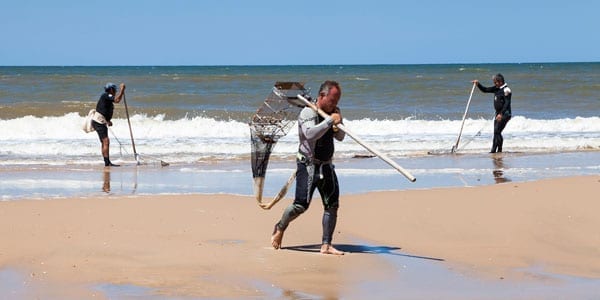
Writes: Monica Uriel
Your title of Spanish Capital of Gastronomy 2017 offers a great opportunity to discover Huelva and the development of its star products.
Starting with the Jabugo ham in the meadows nestled in the Sierra de Aracena and Picos de Aroche Natural Park. Going down to the sea, the white prawnas well as the fields of strawberries. The wine route through the DO of the County of Huelva, with its white wines and its little known Orange Wine.
Huelva, gastronomic wealth
The flag of a slice of ham receives the visitor at the headquarters of the Regulatory Council of the DO Jabugo, where the Jabugo route. An elegant building surrounded by meadows declared a Biosphere Reserve by UNESCO in 1989.
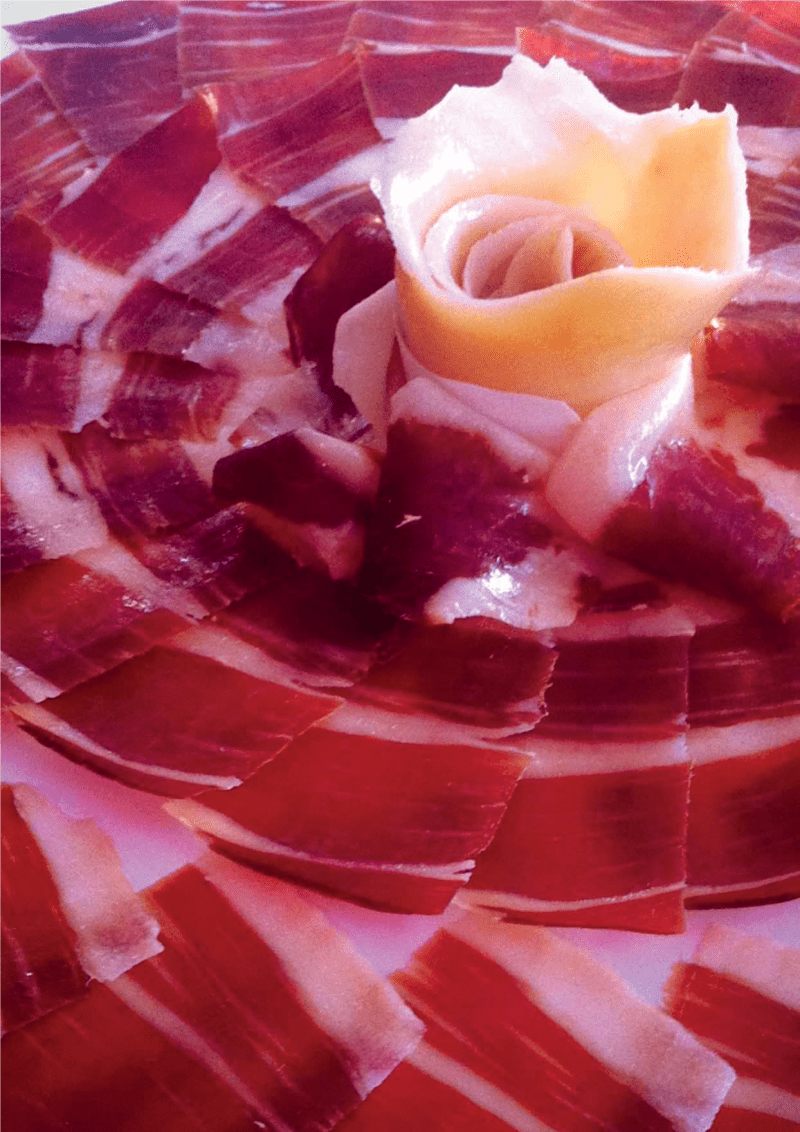
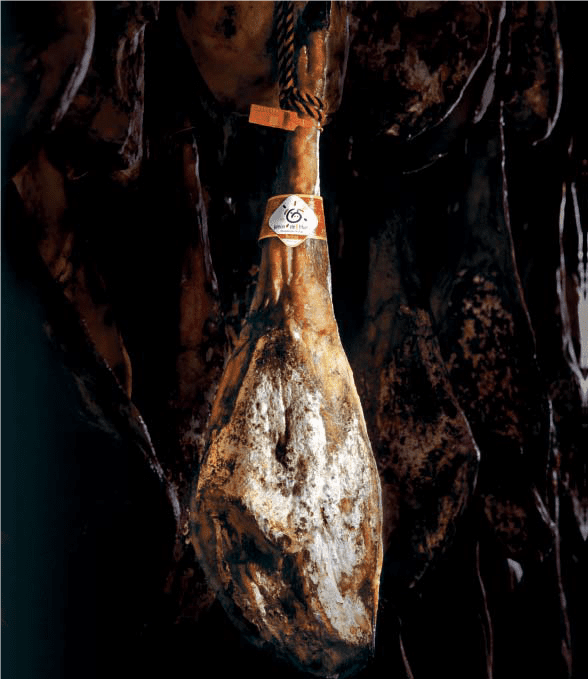
El King Alfonso XIII here he practiced pigeon shooting, a sport of the Andalusian elite. That's where the name of the Tire building, built at the beginning of the XNUMXth century by a rancher to attract the bourgeoisie and promote tourism.
El Jabugo just released, on March 27, the DOP After in 2015 he obtained the DO after 20 years calling itself ham from Huelva. Bill Jabugo is one of the four DO of Iberian together with Guijuelo, Dehesa de Extremadura and Pedroches.
The PDO Jamón de Jabugo
Pigs, 100% Iberian, are raised in the pasture naturally and in freedom. They feed on natural grasses and acorns -Just the seed, throw away the shell- of holm oaks, cork oaks and gall oaks. They gain a kilo of weight for every 12 kilos of acorns they eat.
In the montanera season, between October and February, the pig goes first to the holm oaks, which have a sweeter acorn. When he finishes them, he goes to the cork oak and the gall oak. The micro-climatic conditions of this place are unique, as the mountain ranges collide with the Atlantic winds.
They are only 100 meters away, which makes the rains and temperatures more moderate. Each pig, which walks 14 kilometers a day, must have a minimum space of one hectare. In total there are about 25.000 pigs controlled by the DOP. The pasture is millenary and already existed in Roman times, from which you can visit the Turóbriga ruins.
El pig it is sacrificed at two years, between December 15 and March 30. The curing of the ham lasts another three. The Jabugo route allows to know the pasture, as well as small or larger dryers and wineries such as Five Jacks. They continue to dry the hams in a traditional way, that is, by opening and closing windows.

Visiting Cinco Jotas
Now cellar of Five Jacks, located in the town of Jabugo, the live pig arrives and leaves to be eaten. At first in the courtyard of the winery, founded in 1879, the slaughter was carried out, as well as the salting and drying. Due to the presence of flies, wasps and sparrows, 20% of the production was lost.
With the change of the drying place, from the patio to the cellar, It is between 12 and 18 º C and 70% humidity, so the loss was reduced to 3%. The piece is outlined by hand with a knife and left in salt for one day per kilo. After which it is dried and cured.
Five Jacks, the largest producer of acorn-fed Iberian ham, doubles the area in the animal's pasture. It has two hectares and three months of montanera - in which it goes from 90 to 170 kilos in weight - instead of two.
The company was founded in 1879 by Rafael Sánchez, who decided to give value to a product linked to the domestic economy of the place. Here in all the towns it is done traditional slaughter. In the first half of the XNUMXth century and due to hunger, the bacon, for its fat, it was worth more than the ham.
The company Five Jacks Today it exports 35% of its production to 60 countries. The visit concludes with a tasting in charge of master jamonero José Severiano Sánchez. He explains that the ideal accompaniment is a Jerez dry or a digging, not a red wine, as it does not enhance its flavor. A delicacy for the palate that also provides oleic acid, good for cholesterol.
La dehesa, an exceptional landscape
The landscape of chestnut trees, holm oaks and cork oaks takes us to Linares of the Sierra. A charming town with a laundry still in use, where cooks from all over the country go to collect rosemary. The Arrieros restaurant has become gastronomy reference popular forged around the products of the acorn-fed Iberian pig. As the Carpaccio of prey, liver and county vinegar, as well as local mushrooms.
Very close, in Aracena, it is highly recommended to visit the Grotto of Wonders. It dates from 1850, when a mining company that was probing the mountain in search of silver found this cavity. It has 1.200 meters that can be visited throughout 12 rooms.
And entering a mining operation is possible in the Riotinto Mining Park. It is made on a restored British consortium train that settled here in 1873 and transformed the county.
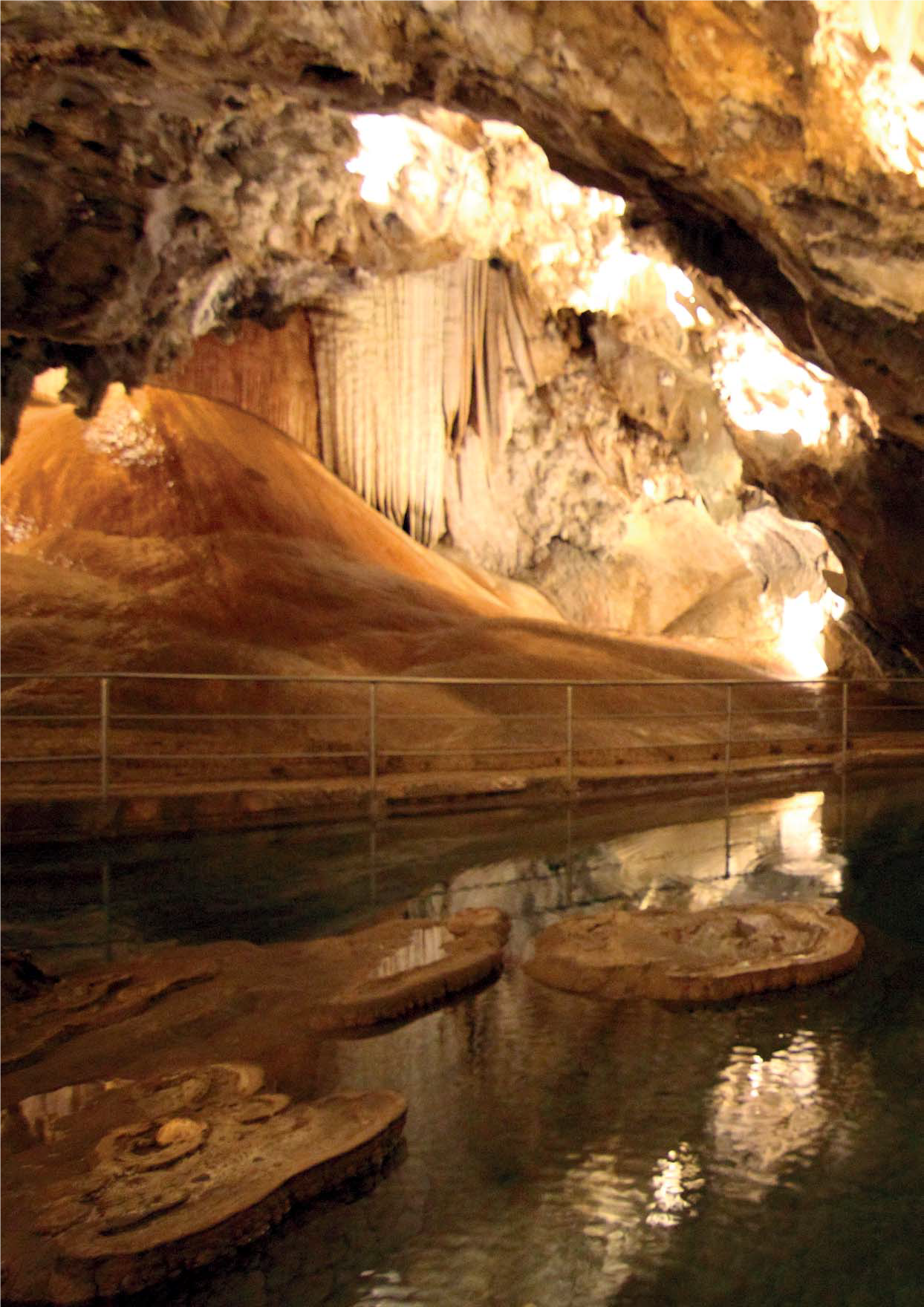
Arriving at the sea, the fishing municipalities they are found on the west coast. The Isla Cristina port, to which ships arrive with prawns, coquinas and tuna.
The white prawn of Huelva
It is very interesting to know its elaboration and preparation in the wholesaler Mariscos Méndez. Visitors can see how the pieces are classified, one by one, according to size and how well they are done. Besides the famous white prawn from Huelva there are others. Red prawns, crayfish, prawns and prawns, their most expensive and best-selling product.
“Many years ago carabineros they threw themselves. Today a kilo of heads of carabinieri at auction costs 13 euros. It was the Sevillians who began to appreciate it ten years ago ”, he tells us. Manuel Mendez. He is the director of this family business founded by his grandfather in 1954.
"This quality of seafood is only found here, where everything is wild and from the ocean"
Fresh comes everything from Gulf of Cádiz, while the frozen comes from Morocco and Italy. Mariscos Mendez also makes pre-cooked products such as shrimp omelettes (the best sellers) or cod fritters. As well hake pavia and prawn delicacies (in raincoat), the last to hit the market.
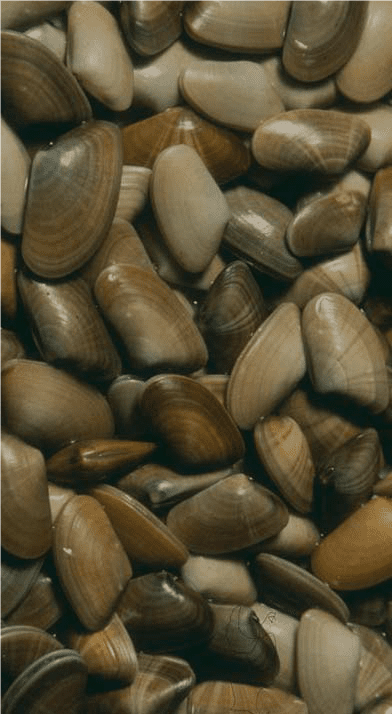
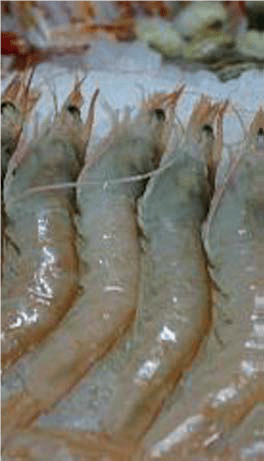
Doñana, world heritage site
In addition to enjoying the 122 kilometers of coastline between the mouths of the Guadiana and Guadalquivir rivers, Huelva It is also the gateway to the Doñana Park. It is a 100.000 hectare paradise for fish, amphibians, reptiles, mammals and birds. Is declared Heritage by UNESCO.
A few kilometers from there, along roads from which you can see electricity poles loaded with storks' nests, you get to fields full of red gold. This is what the strawberry en Huelva, Europe area that most produces it.
The strawberry of Huelva, the red gold
This fruit regenerated the economy of the region from the 80s, when it began to be planted in vineyard and wheat fields. The heat and the sunny hours -Huelva It is one of the Spanish provinces with more hours of light- it is what gives that sweetness to strawberries. He tells us Manuel Limón, president of the cooperative bonafru. It is specialized in the international market.
"Spain is the main power in early strawberry production"
Harvesting begins in December and the season lasts until May. This is one of the 200 cooperatives in Huelva that also grows raspberries and blueberries. But about 7.000 hectares are only strawberries.
During the visit you can see the different varieties of strawberries. Before they bought every year the plants in Segovia and Avila and even in U.S.
But now the New Materials Strawberry Cooperative Association (FNM) has created its own variety: the spray, which adapts to the area.
“La Rociera is sweet, very resistant to pests and diseases. Next year is going to get a lot "

Where Christopher Columbus departed
Huelva it is also history and allows you to go through the Columbian route through Noguer. This is the hometown of Juan Ramon Jimenez. But also Palos de la Frontera, where Christopher Columbus set out to discover America.
There are reproductions of the caravels. It is known that in their wineries, Colón brought broths from Huelva County. They were known as the wines of discovery, as they were the first to cross the Whole Ocean to America.
It was in the XNUMXth century when planting began vid in the zone of Fog. With DO since 1933, its hallmark is its native white grape Salaam.
The famous Orange wine
With this grape and Pedro Ximénez the little known is made Orange Wine, Sweet wine to take with desserts. It has been made for 200 years macerated for 12 months in American oak casks with dried bitter orange peels.
Aged later for five years, it obtained the DO in 2010. The Wine Route it was created four years ago. In it you can visit, in addition to the interpretation center, nine wineries from 30 what's in the area. What olivers, the third that receives the most visitors from Andalusia after Uncle Pepe and Domecq.
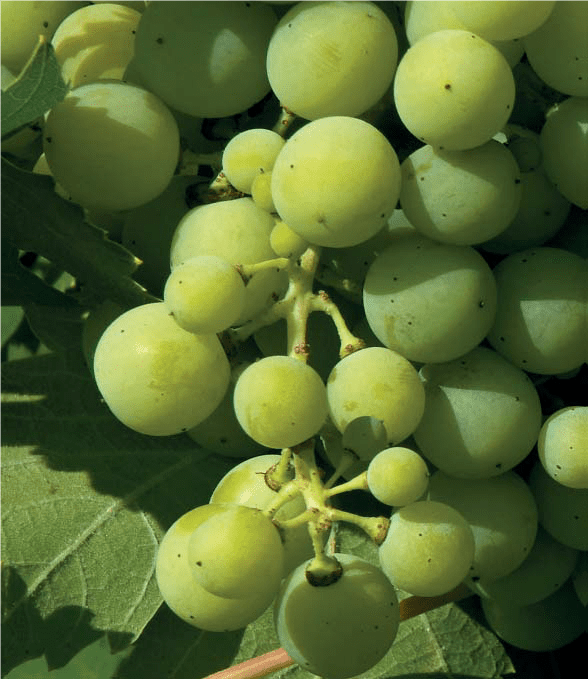
Visiting Oliveros winery
olivers It has in County Par Buns the only underground cellar left in Huelva. It dates from the 50s. It was built - its owner tells us - Michael Oliveros, because one year there was the largest vintage in the history of County. The wine did not fit in cellars, so many made underground pools.
Vinegars DO Condado de Huelva
It is the only winery in this province that produces a red aged in bottle, following the northern method of Spain. Something that is very difficult due to the heat. But when it reaches 40 degrees outside, the cellar remains at 20 degrees.
In addition to white wines of the variety Salaam, olivers also produces what Miguel calls "the rarest sweet wine in the world", the Orange Wine. As well as four reserve vinegars DO Condado de Huelva, including a 20 year Reserve.
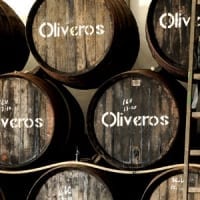
Huelva It also has craft beer, like Ruben's. Two years ago it opened in the nuns square, where you can taste the wheat and Pilsen, among other. Founded it Ruben Mesanza when returning to Isla Cristina from a trip to Germany and on the label he drew his bitch Not.






